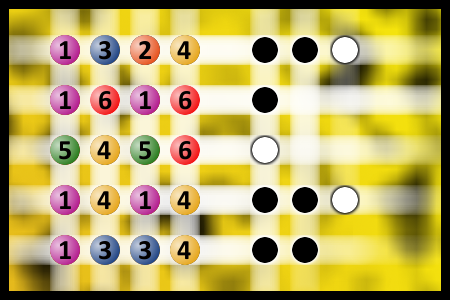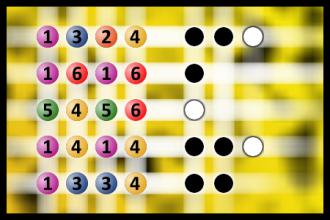Find the right combination
The computer chose a secret code (sequence of 4 digits from 1 to 6). Your goal is to find that code. Black circles indicate the number of hits on the right spot. White circles indicate the number of hits on the wrong spot.Correct answers: 65
The first user who solved this task is Sanja Šabović.
#brainteasers #mastermind

A brilliant young boy was app...
A brilliant young boy was applying for a job with the railways. The interviewer asked him: "Do you know how to use the equipment?" "Yes", the boy replied. "Then what would you do if you realized that 2 trains, one from this station and one from the next were going to crash because they were on the same track?" The young applicant thought and replied "I'd press the button to change the points without hesitation." "What if the button was frozen and wouldn't work?" "I'd run outside and pull the lever to change the points manually" "And if the lever was broken?" "I'd get on the phone to the next station and tell them to change the points," he replied. "And if the phone was broken and needed an electrician to fix it?" The boy thought about that one. "I'd run into town and get my uncle" "Is your uncle an electrician?" "No, but he's never seen a train crash before!"

